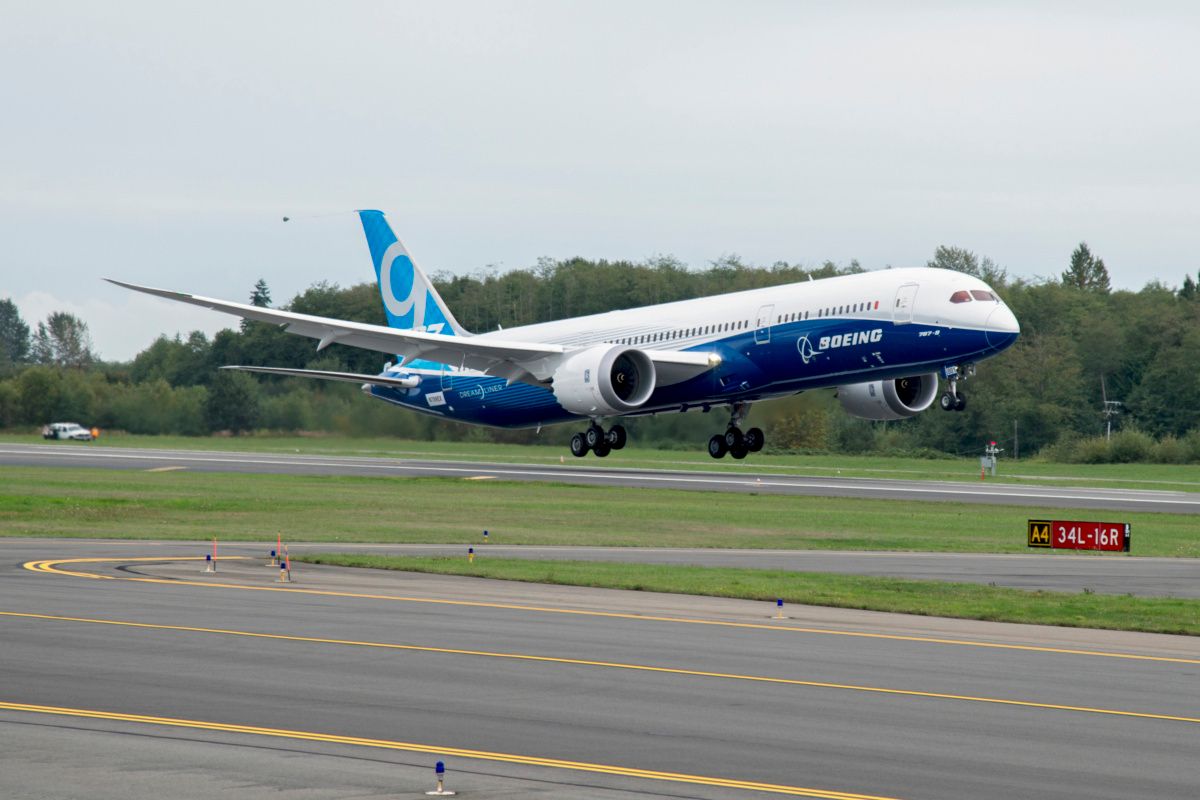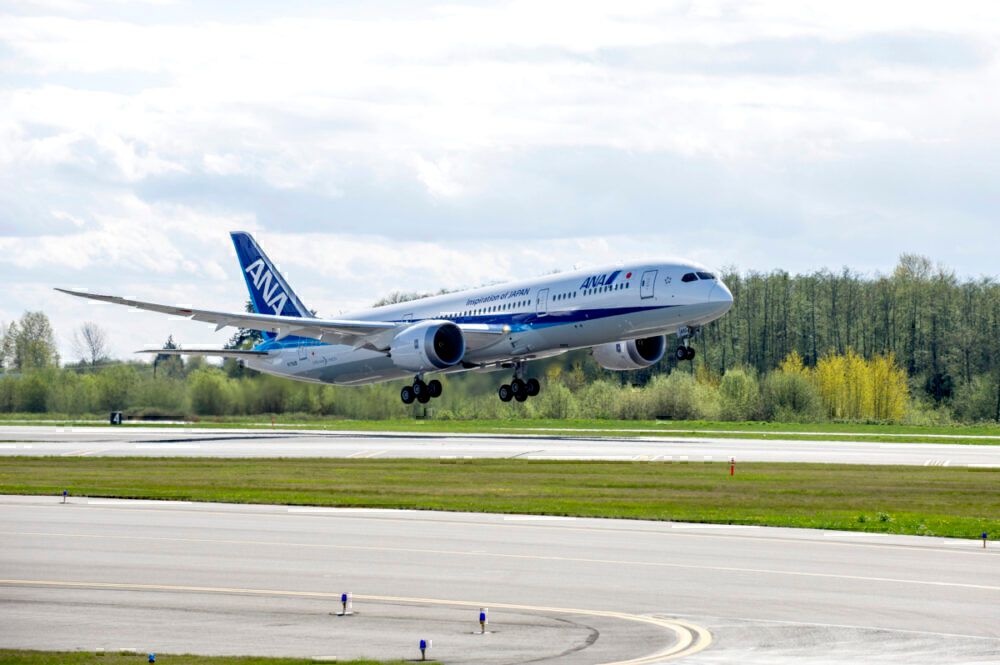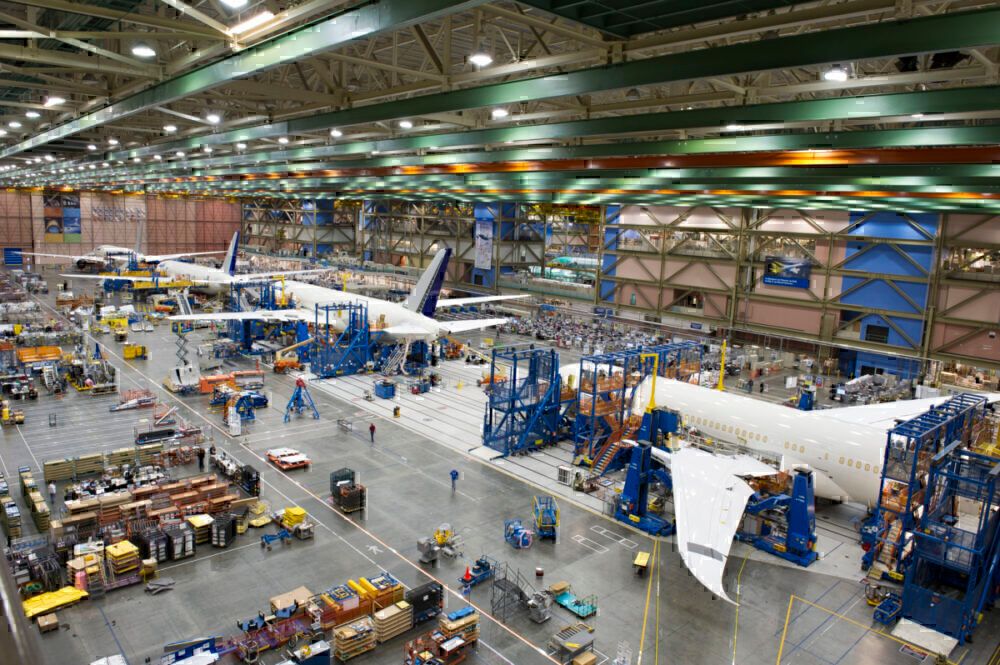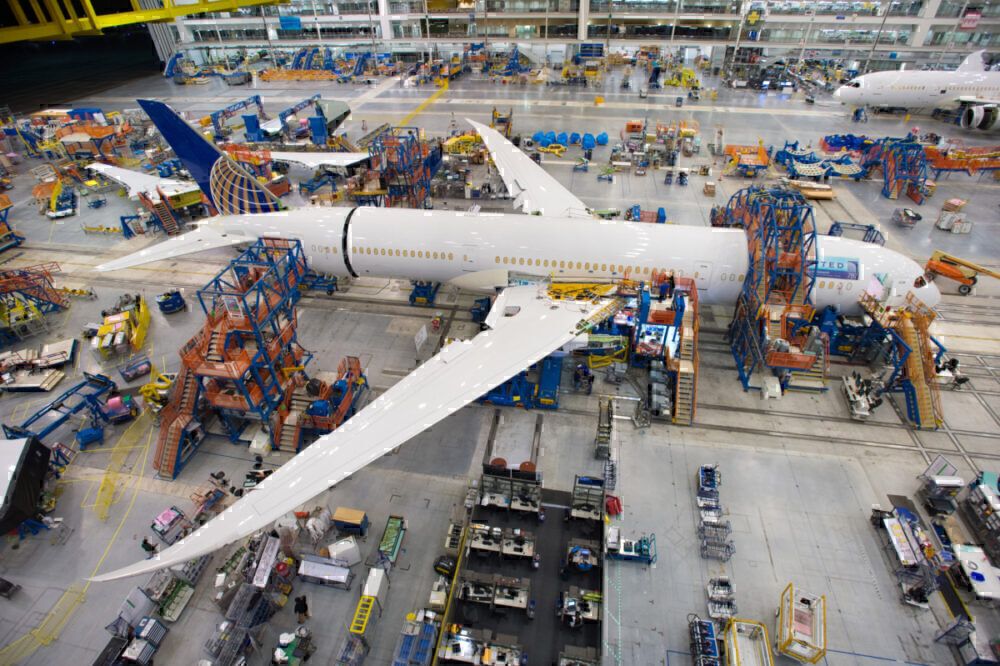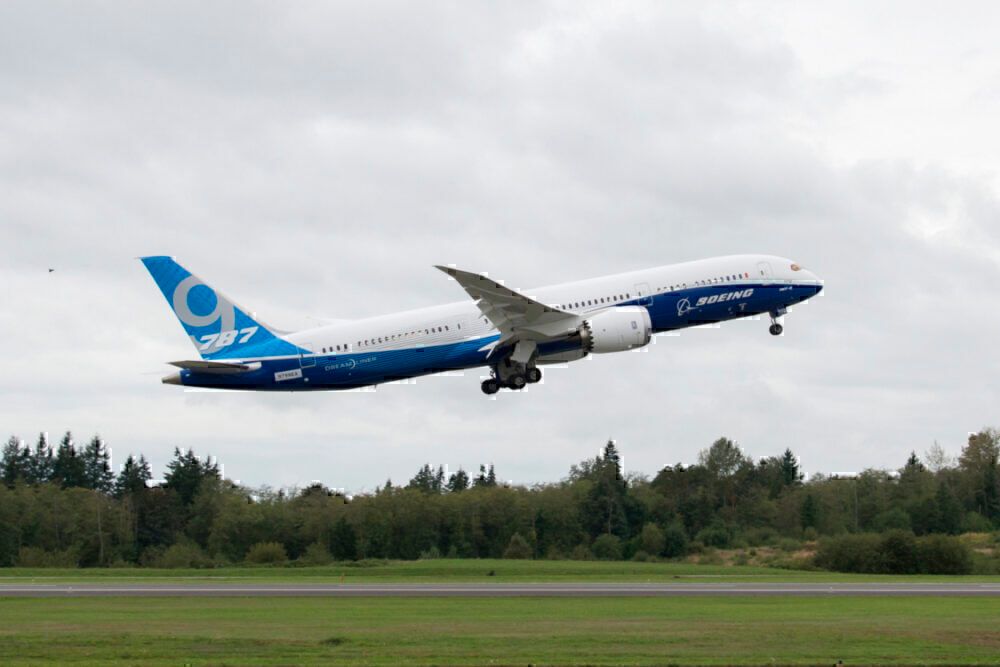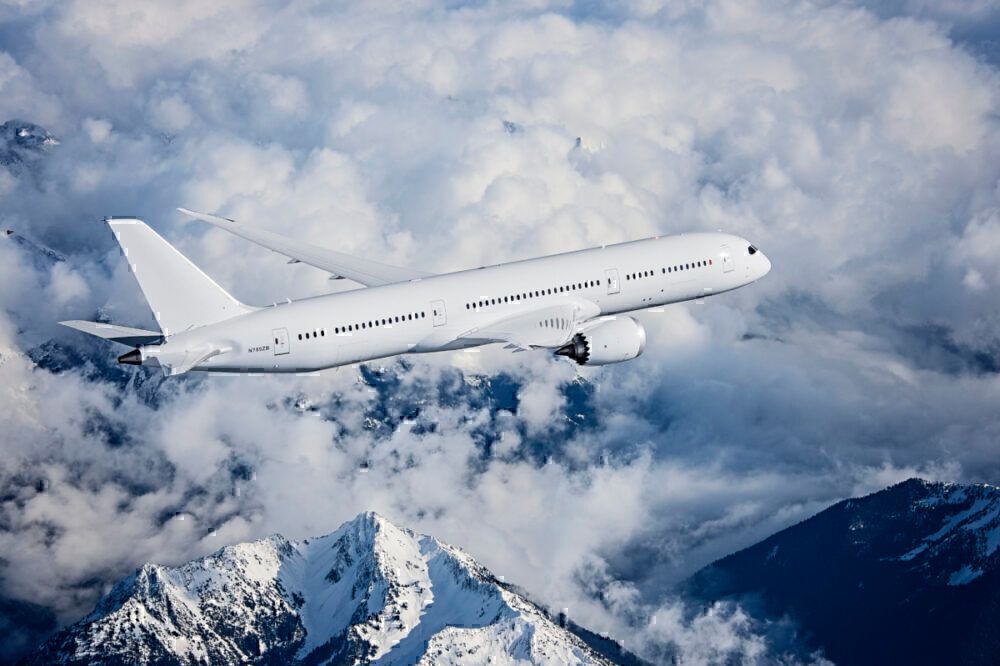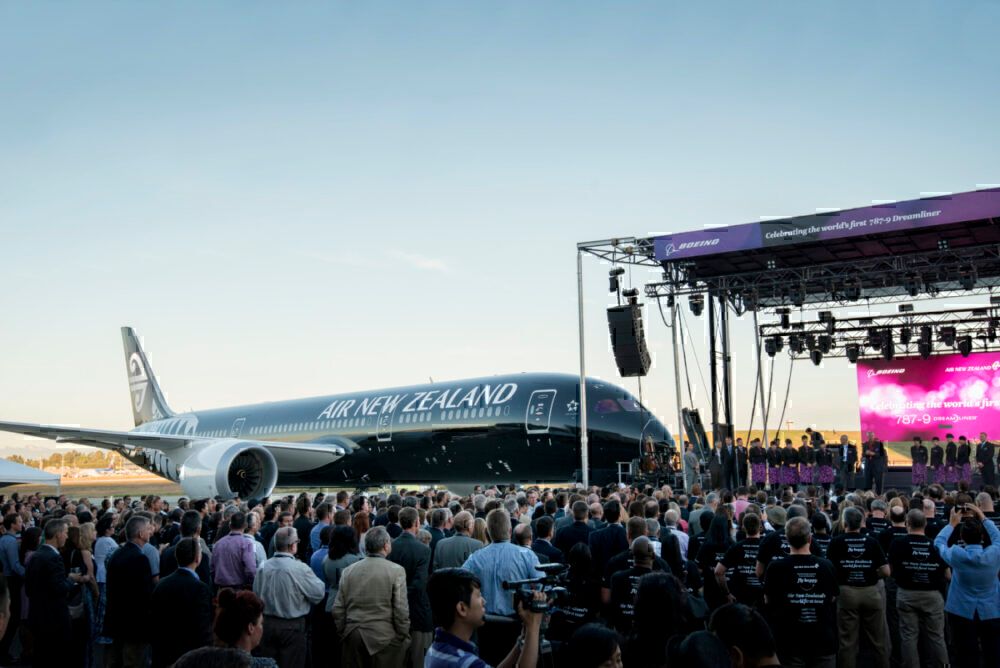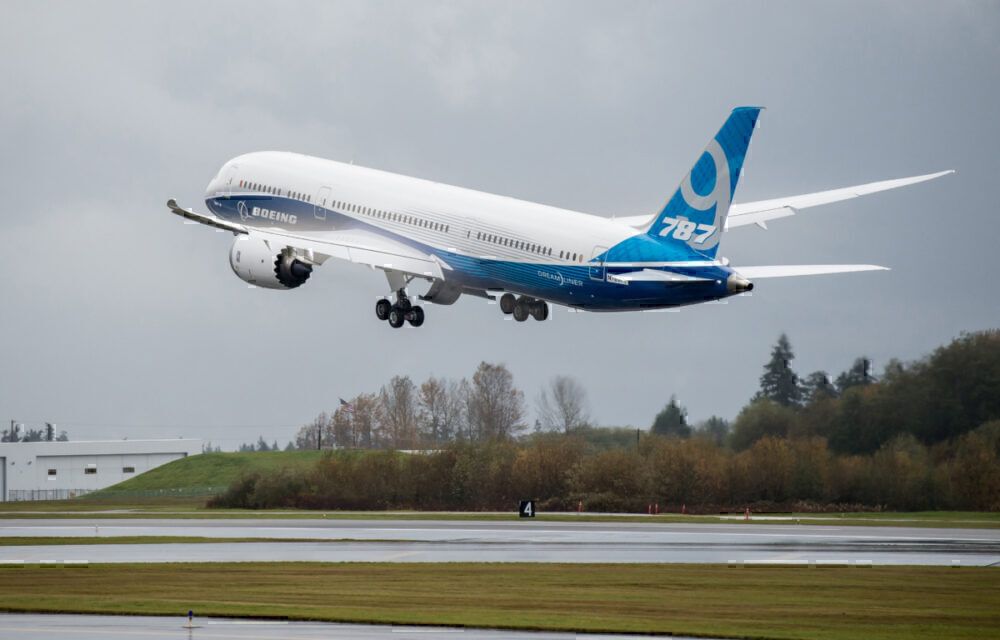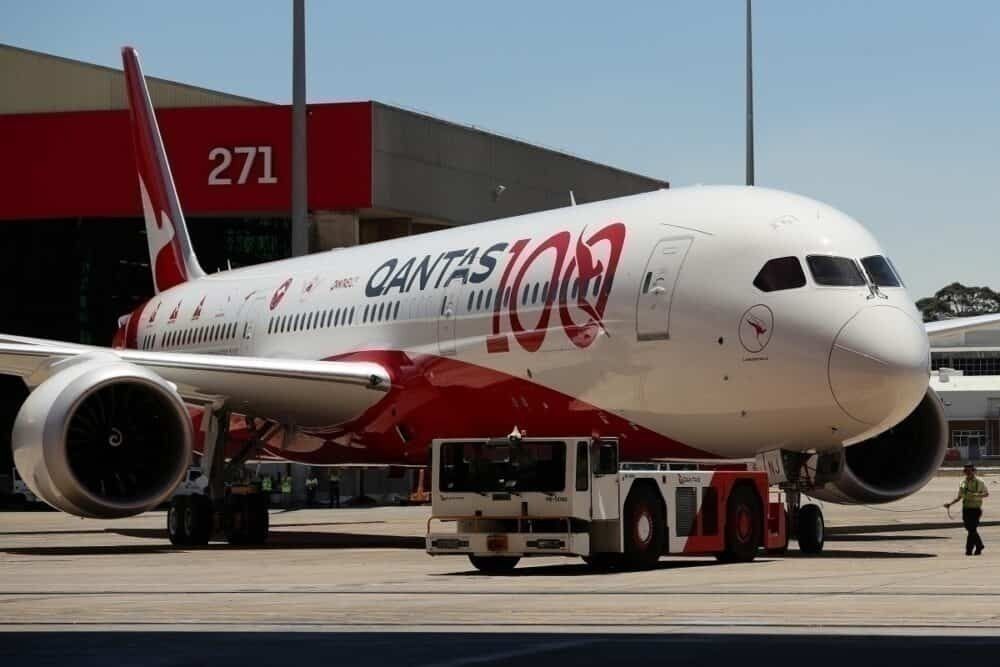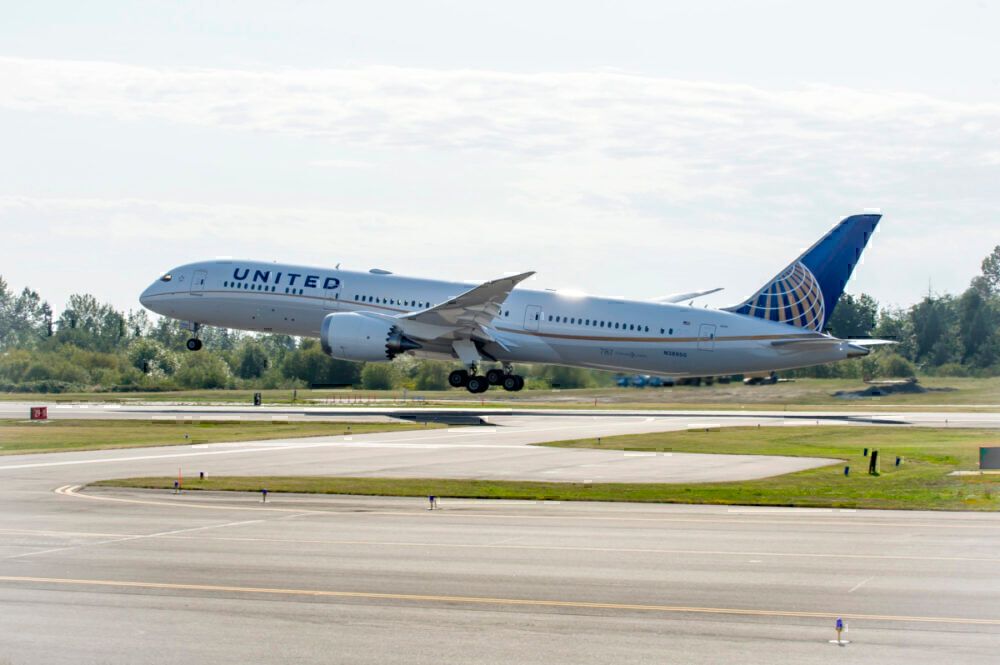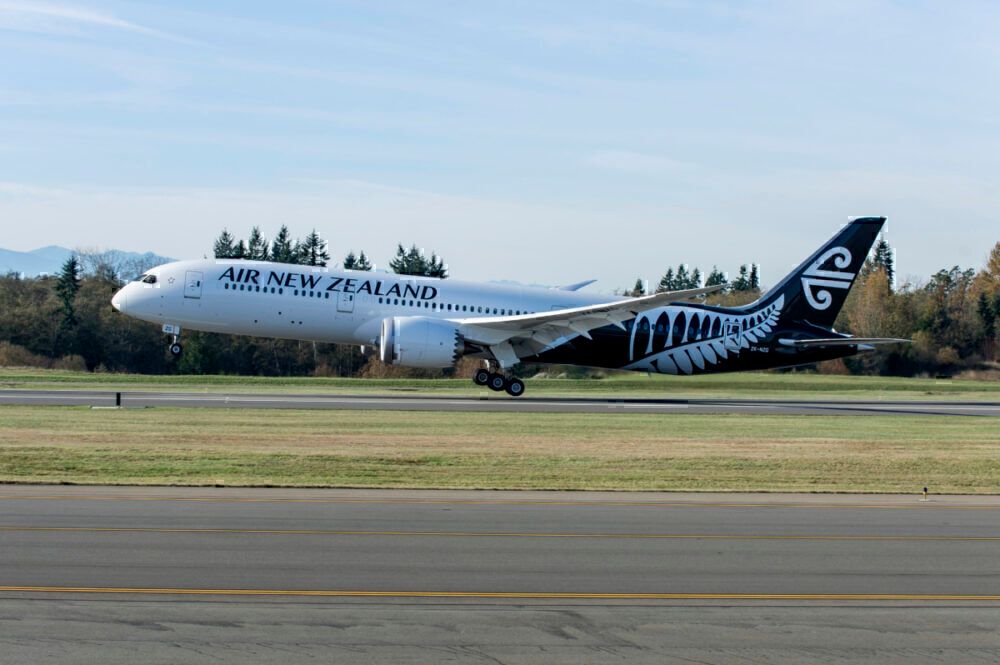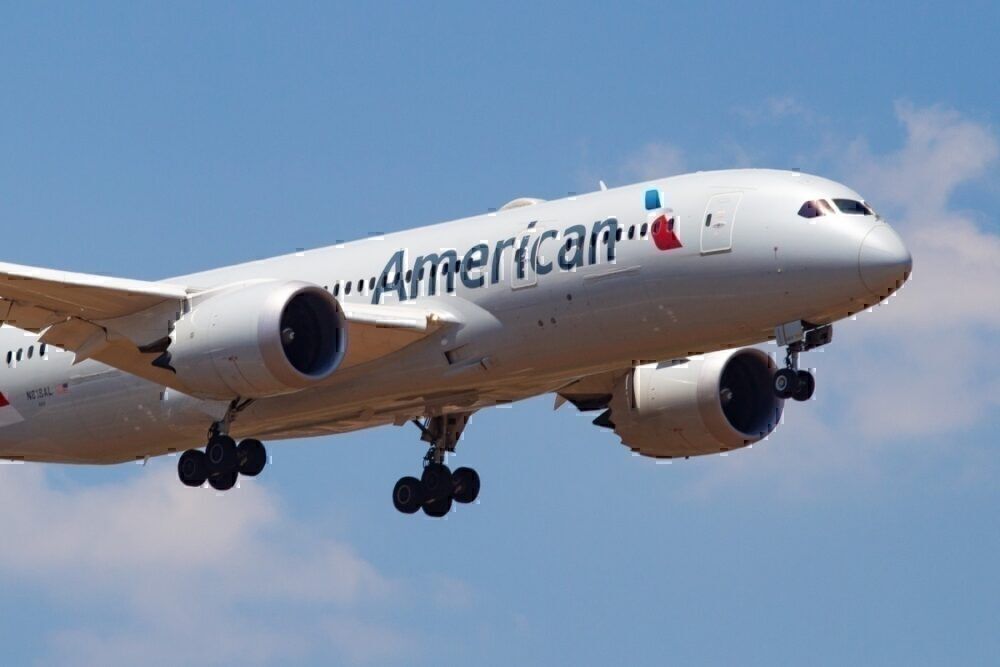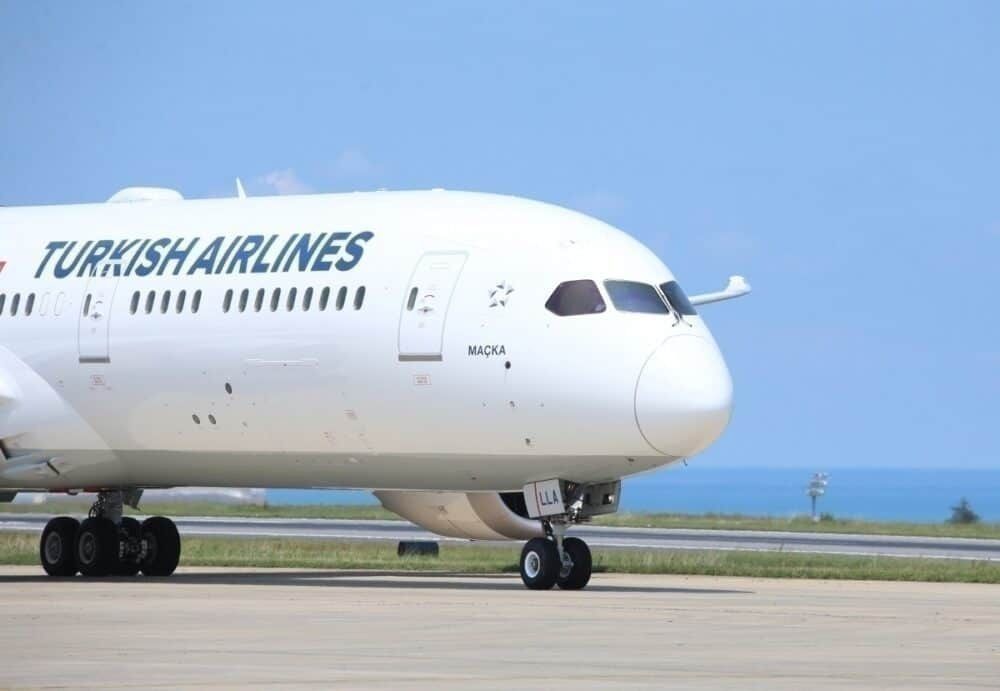On September 17th, 2013, Boeing's first 787-9 Dreamliner took the skies. After a five-ish hour inaugural flight, the plane moved closer to certification and delivery, a welcome milestone following several delays. However, in the years since that first flight, it has become abundantly clear that the 787-9 is a gamechanging aircraft that has helped airlines accomplish many ambitious feats. Simple Flying takes a look back at the 787-9.
The conception of the 787-9
The journey to the 787-9 started back in 2003, when Boeing began working on an efficient midsized aircraft, then called the 7E7. The "E" in the name stood for all of the breakthroughs Boeing wanted to make with the new aircraft. These included efficiency, economics, environmental performance, exceptional comfort and convenience, and e-enabled systems, according to the planemaker.
Stay informed: Sign up for our daily aviation news digest.
The basic idea behind the plane was to create a 200-250 seater aircraft – similar in size to the 767 lineup – capable of providing nonstop, point-to-point service. The entry into service back then was targeted for 2008.
On April 26th, 2004, Boeing officially launched the "7E7 Dreamliner" with an order for 50 from Japan's ANA. By then, more details on the 7E7 had begun to emerge. Boeing planned to target the 200- to 300-seat market on routes between 3,500 and 8,500 nautical miles (or about 6,500 to 16,000 kilometers). The plan was for the jet to be 20% more efficient than current aircraft with an entry into service date targeted, still, for 2008. In 2005, Boeing renamed the plane the 787 Dreamliner.
On July 8th, 2007, the first Boeing 787 Dreamliner premiered in a celebration with the airline's workforce, customers, suppliers, partners, and other government and community officials. All in all, about 15,000 people attended the Dreamliner's premiere, not to mention all of the people who joined in via satellite, potential reaching 100 million (or more) viewers. This was only the start of the excitement for the aircraft.
Delays hit the project
Then, delays began to hit. By October 2007, Boeing's 787 delivery timeline had slipped from May 2008 to late 2008, likely November or December. Likewise, the 787's maiden flight was also pushed back to the end of the first quarter in 2008. Delays continued as Boeing kept working on the aircraft. In January 2008, Boeing moved the delivery timeline to 2009.
In April 2008, Boeing again pushed back the first flight date. The jets were expected to arrive at airlines started in the third quarter of 2009, with the first flight targeted for the fourth quarter of 2008. For this delay, Boeing cited slower-than-expected completion of work, unanticipated rework, and adding in some margin to the testing schedule. The 787-9 was planned to have its first delivery in early 2012.
However, delays continued to mount. By December 2008, the company announced plans to move the first flight of the Dreamliner into the second quarter of 2009 and deliveries into 2010 after a machinists strike and the need to replace certain fasteners on early production aircraft. The first 787 was expected to be delivered in 2010.
Finally, in 2009, the first flight of the 787 Dreamliner was almost near. But, Boeing again had to delay the flight due to structural issues. The plane needed reinforcement along the side-of-body section. However, on December 15th, 2009, Boeing's first 787-8 took to the skies. The historic flight paved the way for the first 787-9 flight a few years later.
The maiden flight of the 787-9
After Boeing made some fixes found during flight testing and the 787-8 entered service, the planemaker turned its attention to the larger 787-9. Then, on September 17th, 2013, the plane made its first flight with delivery planned for 2014.
The aircraft spent five hours and 16 minutes in the air, taking off just after 11:00 local time in Everett's Paine Field and landing at Seattle's Boeing Field at 16:18 local time. Speaking on the maiden flight, 787-9 Senior Project PIlot Mike Bryan stated the following:
"We accomplished a lot in this flight, and it went really well. The 787-9 is a great jet and we wanted to just keep on flying"
The first delivery
At a unique celebration on July 9th, 2014, Boeing delivered the first 787-9 to launch customer Air New Zealand. This 787-9 is in an all-black livery and marked the start of the game-changing 787-9 opening new ultra-long-haul routes.
ANA took delivery of the first 787-9 less than three weeks later on July 29th. This made the Japanese airline the first airline in the world to operate both variants of the 787. Burning 20% less fuel and producing 20% fewer emissions than similarly sized aircraft, Boeing had developed a plane that ticked off the boxes for an efficient jet that was environmentally friendly and had the right economics.
Details on the Boeing 787-9
Before going more in-depth on how the 787-9 has proven to be a game-changing jet, here are some key specifics on the plane as released by Boeing. First and foremost, in a two-class configuration, Boeing anticipates the 787-9 to carry 296 passengers– though airlines tend to decide that configuration with some coming over and some under that mark.
In terms of its size, the 787-9 shares the same height (56 feet/17 meters) and wingspan (197 feet/60 meters) as the 787-8. However, the 787-9 has a length of 206 feet (63 meters) compared to the 787-8, which is 186 feet (57 meters) long. Both are powered either by the GEnx-1B or Trent 1000.
As for the range of the aircraft, Boeing states on its website that the 787-9 can fly up to 7,530 nautical miles (13,950 kilometers) nonstop while the 787-8 can do 7,305 nautical miles (13,530 kilometers). The extra range really does help airlines, however. Do note that, depending on the load of the aircraft and other modifications, an airline can beat that range.
The 787-9 has enabled ultra-long-haul flying like nothing ever before
Before the Airbus A350-900ULR took flight on the nonstop Singapore to Newark route, the world's longest route, the 787-9 had already made its place known globally. Qantas had placed the 787-9 on its longest route on the only nonstop Australia to the United Kingdom route between Perth and London-Heathrow.
Not just that, but United Airlines had flown the 787-9 between Los Angeles and Singapore and Houston and Sydney. Also out of Singapore, the 787-9 performs United's nonstop flights to San Francisco successfully.
Over the next few years, the 787-9 will continue to operate these ultra-long-haul routes that can hit up to 15, 16, 17 hours. Air New Zealand plans to launch flights between Auckland and Newark-Liberty, which will be 17 hours and 40 minutes southbound. This is on top of the airline's flights to Chicago and Houston with the 787-9. Qantas had plans to use the 787-9 on flights between Brisbane and Chicago, a route that would also push 17 hours.
In the United States, United Airlines will use the 787-9 on its new longest route between San Francisco and Bengaluru. Over from the East Coast, United will use the 787-9 to launch flights between Newark-Liberty and Johannesburg. Meanwhile, American Airlines plans to fly the 787-9 between Seattle and Bengaluru. Both of these routes are also expected to hit about 16-17 hours of flying time.
The 787-9 has the right efficiency and economics that enable such routes to be flown. The aircraft is flexible. Carriers can configure the jets densely to fly shorter long-haul routes– say between seven and ten hours in length. However, some choose to fly these on much longer routes in a lighter configuration.
As more 787 Dreamliners enter service with ambitious airlines like Turkish Airlines, United Airlines, Qantas, Qatar Airways, Lufthansa, and American Airlines, expect the 787-9 to unlock even more ultra-long-haul routes.
Let us also not forget Air Tahiti Nui's 16-hour Boeing 787-9 nonstop flight between Tahiti and Paris, becoming the world's longest domestic flight at the time (only to be beaten out just barely by an A350 operating the same jaunt on a different type).
Airlines continue to hold plenty of faith in the aircraft type, despite some concerns that Boeing is fixing. Nevertheless, with a backlog of over 300 787-9s, Boeing will continue to deliver these jets for years to come, with the potential for even more aircraft orders to come in the meantime.
Are you a fan of the Boeing 787-9? What is your favorite memory or feat of the 787-9? Let us know in the comments!

